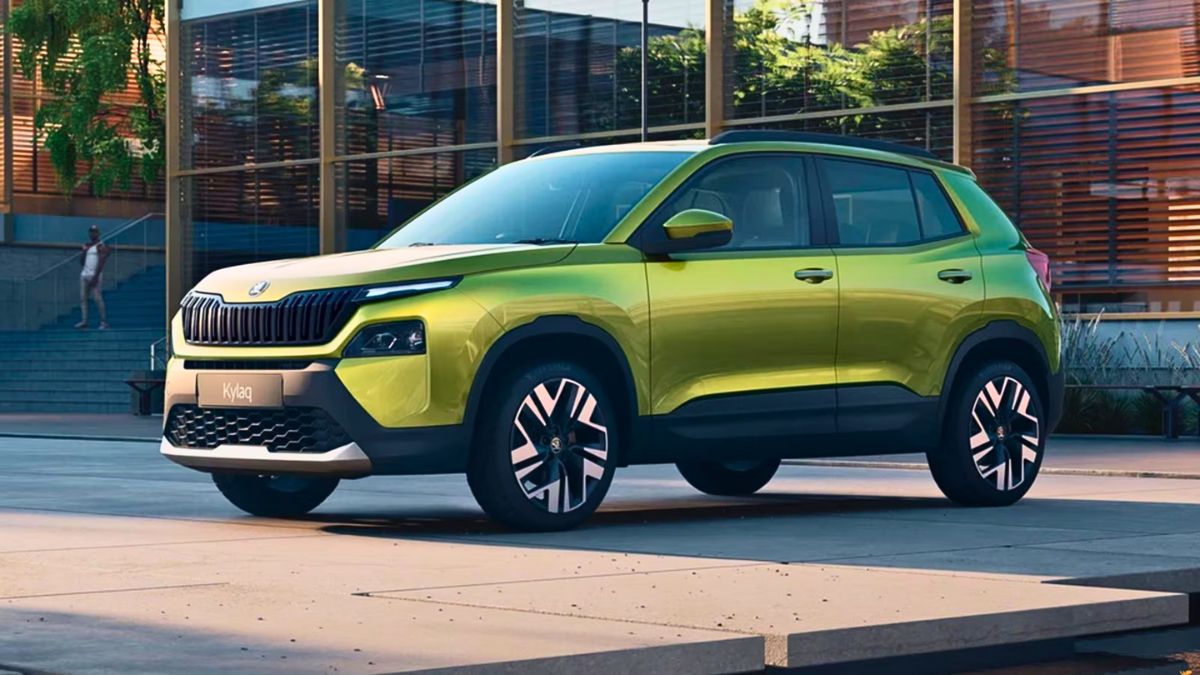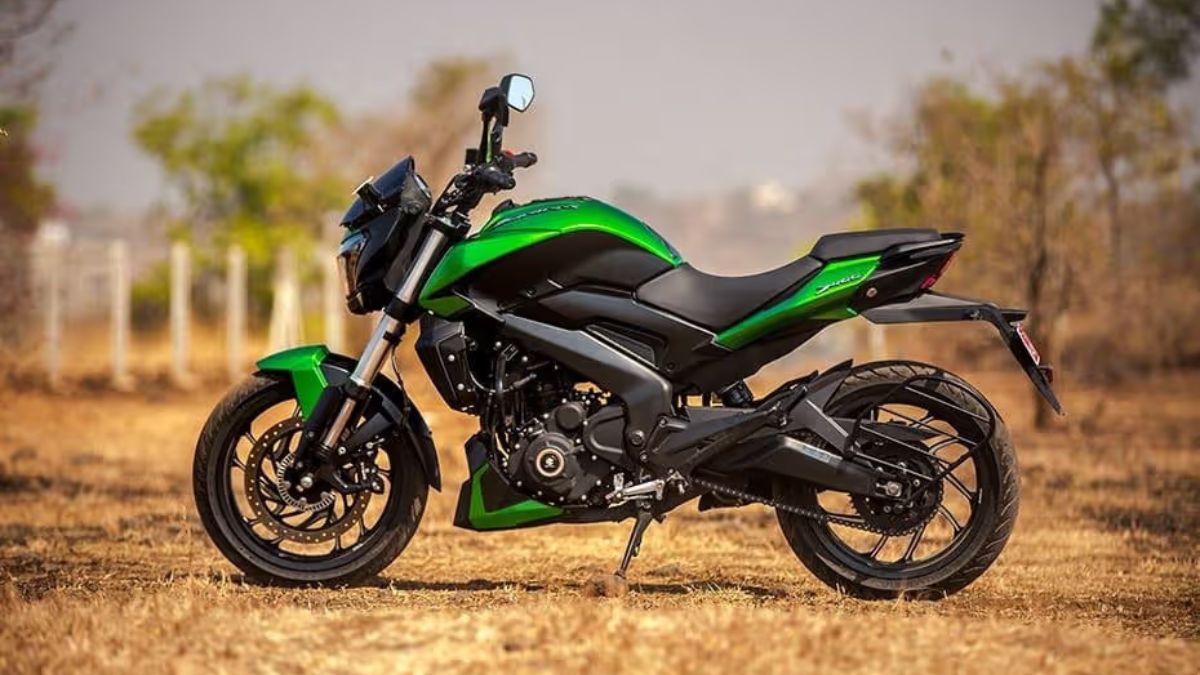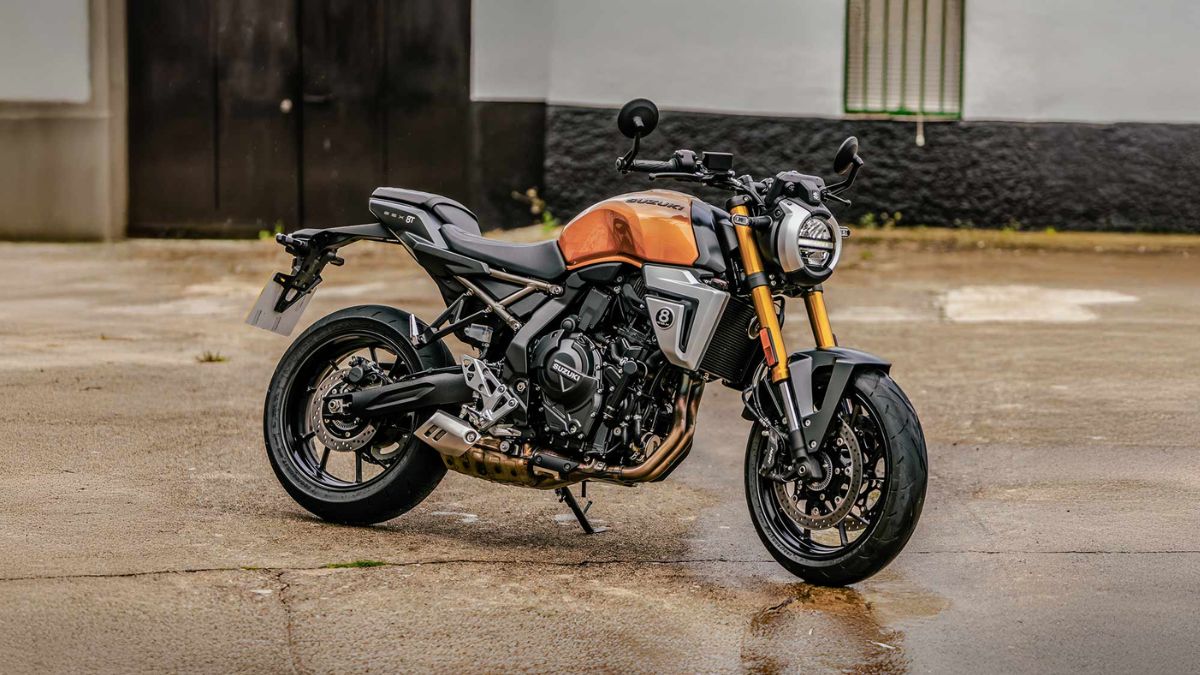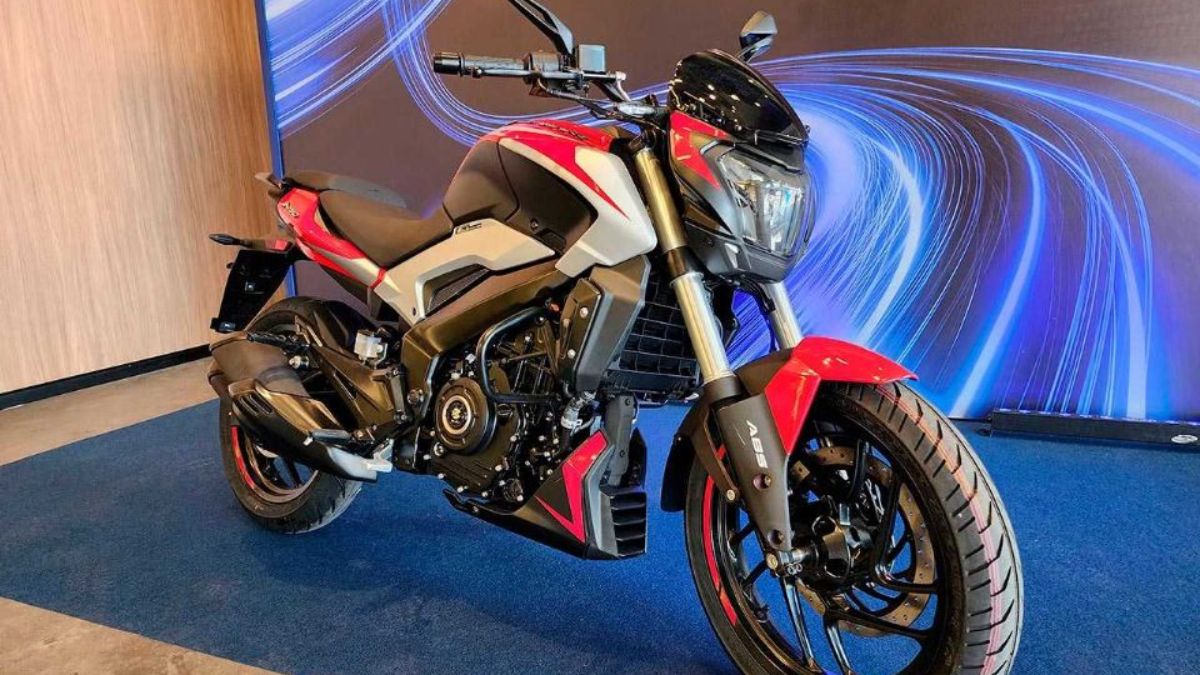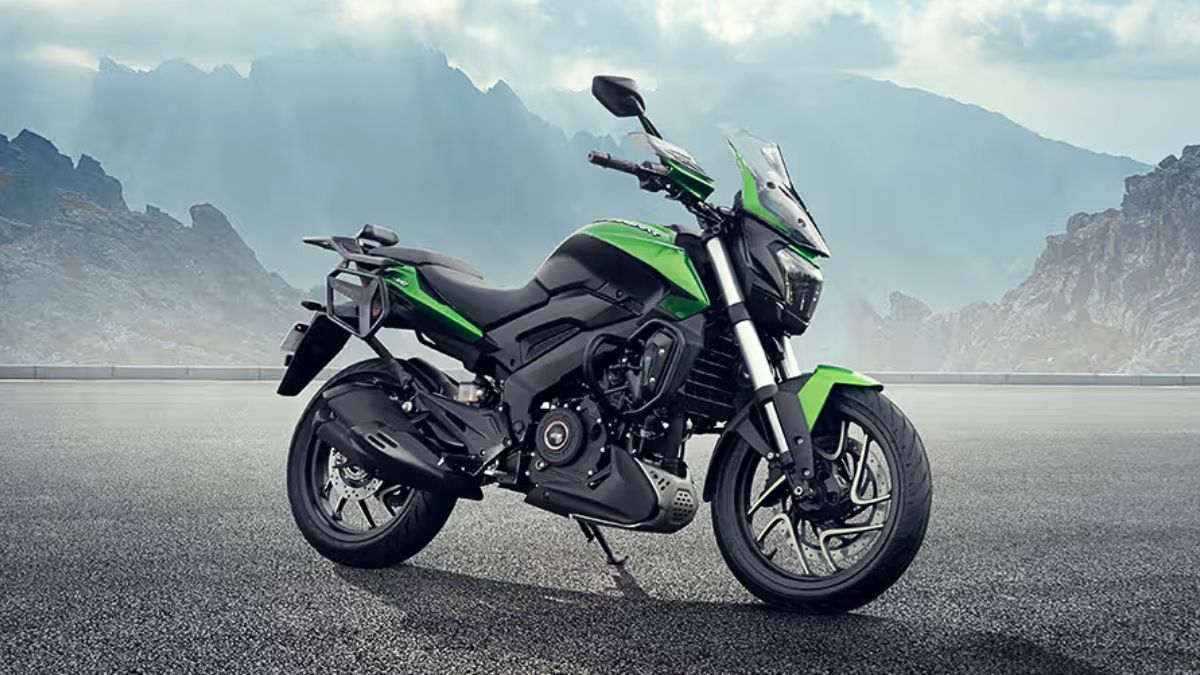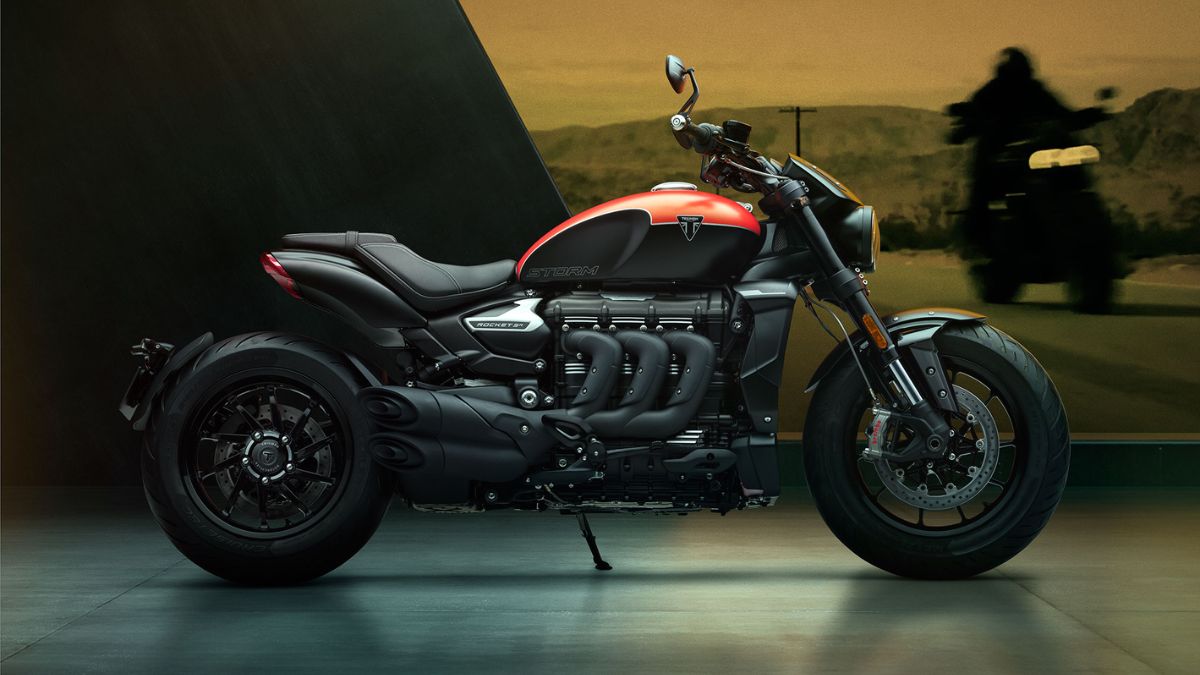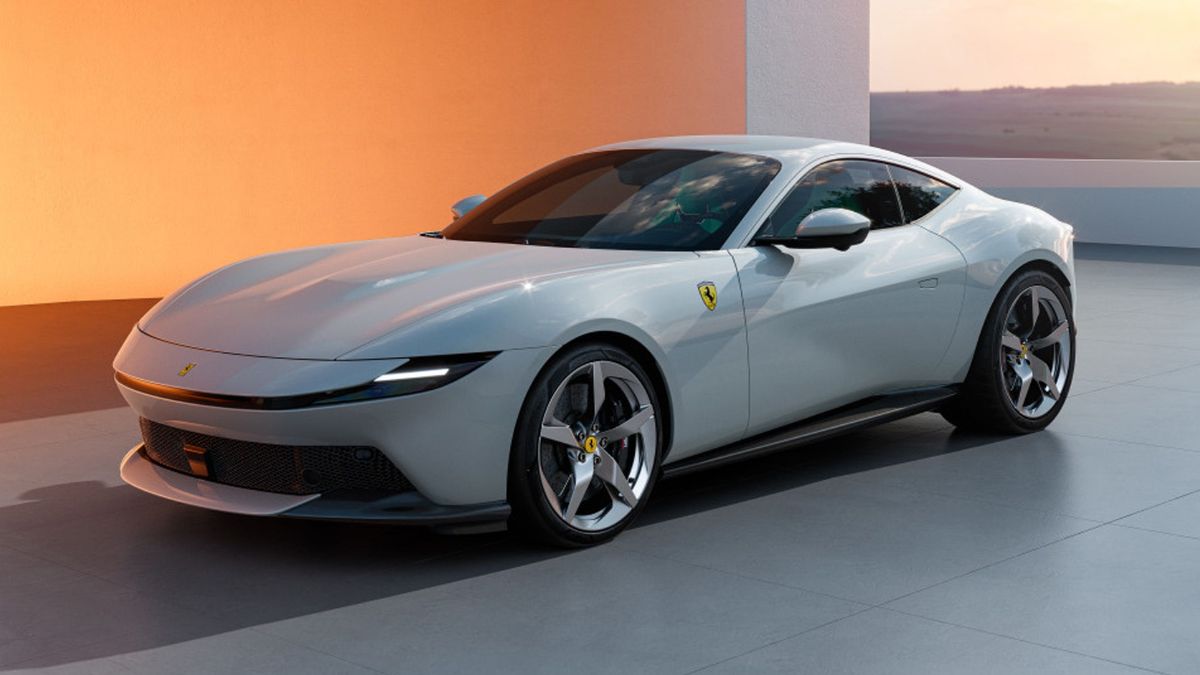Skoda’s strategy with the Kylaq SUV is starting to take shape, especially after a recent price revision across the range. This adjustment has sparked a noticeable shift in buyer preferences, particularly favoring the higher-spec variants. What started as a surprising trend toward the entry-level trims has now balanced out, aligning more with Skoda’s premium brand image.
Demand
When the Kylaq launched earlier this year, Skoda was taken aback by the demand patterns. According to Ashish Gupta, brand director at SAVWIPL, they had anticipated strong interest in the top-end trims. Instead, close to 40 percent of customers went for the Classic and Signature variants. These entry-level models drew in a wave of buyers who had never considered Skoda before—largely because the brand hadn’t offered cars in that price segment for over a decade.
But things changed last month.
Revision
Skoda’s pricing shuffle saw the entry-level variants become more expensive, while the top-spec trims actually became more affordable. This move, intended to steer demand toward higher-margin models, appears to be working.
As a result, the demand ratio for the lower variants has dropped to under 20 percent. Meanwhile, the share of the top-spec trims has grown significantly, now accounting for about 15 to 30 percent of all Kylaq sales. It’s a shift that better matches Skoda’s positioning as a premium carmaker—and a welcome sign for the company’s long-term strategy.
Target
Despite this positive change in the demand mix, Skoda still faces a tough road ahead. So far, it has sold 20,000 units of the Kylaq since launch. That translates to monthly sales of around 4,000 to 5,000 units. While respectable, it falls short of the company’s ambitious target of 75,000 units by the end of 2025—a number announced earlier this year.
Here’s a quick snapshot:
| Metric | Value |
|---|---|
| Total Units Sold (to date) | 20,000 |
| Monthly Sales Rate | 4,000–5,000 units |
| 2025 Target | 75,000 units |
| Entry-level Variant Demand | Now < 20% (was 40%) |
| Top-spec Variant Demand | 15–30% of total sales |
Strategy
The festive season, which typically sees a spike in auto sales in India, could be the key to closing this gap. Skoda will likely lean on promotional campaigns and dealer-level incentives to drive volumes during this high-demand period.
More importantly, the brand will need to maintain momentum not just through pricing, but through service, availability, and consistent marketing. For a relatively new nameplate like the Kylaq, building trust and value perception takes time—and continuous effort.
Outlook
The shift in demand from budget to premium variants shows that Skoda’s pricing gamble may be paying off. However, turning that into sustainable volume is another challenge. With a goal of capturing 2 percent market share in India, Skoda needs the Kylaq to be more than just a temporary hit—it has to be the backbone of the brand’s resurgence in the country.
FAQs
What caused the shift in Kylaq variant demand?
A recent price revision that made top trims cheaper.
How many Kylaqs has Skoda sold so far?
Around 20,000 units since launch.
What is the current monthly Kylaq sales rate?
About 4,000 to 5,000 units per month.
What’s Skoda’s 2025 sales target for Kylaq?
75,000 units by the end of the year.
How much demand now comes from top-spec variants?
Between 15 to 30 percent of total sales.
